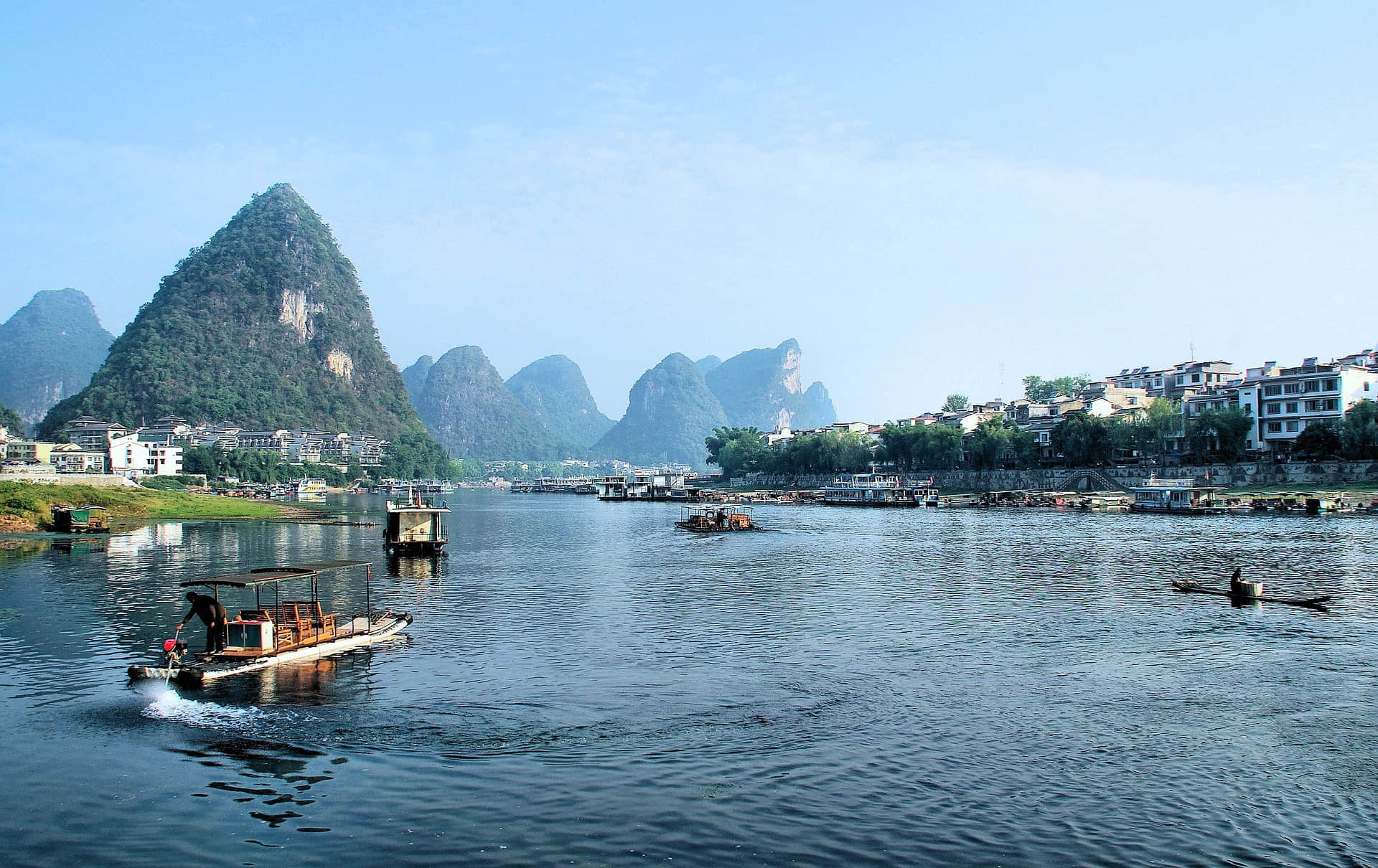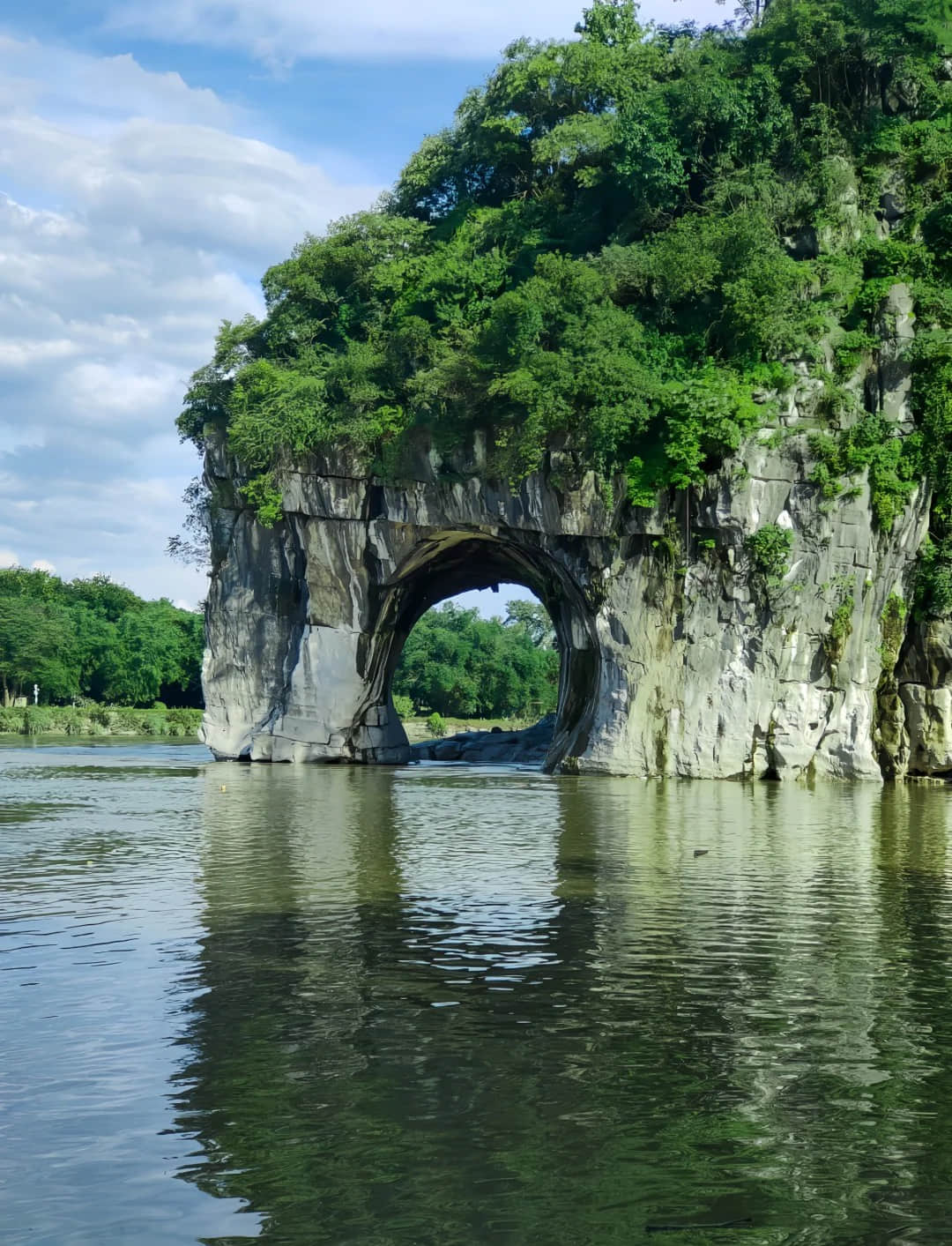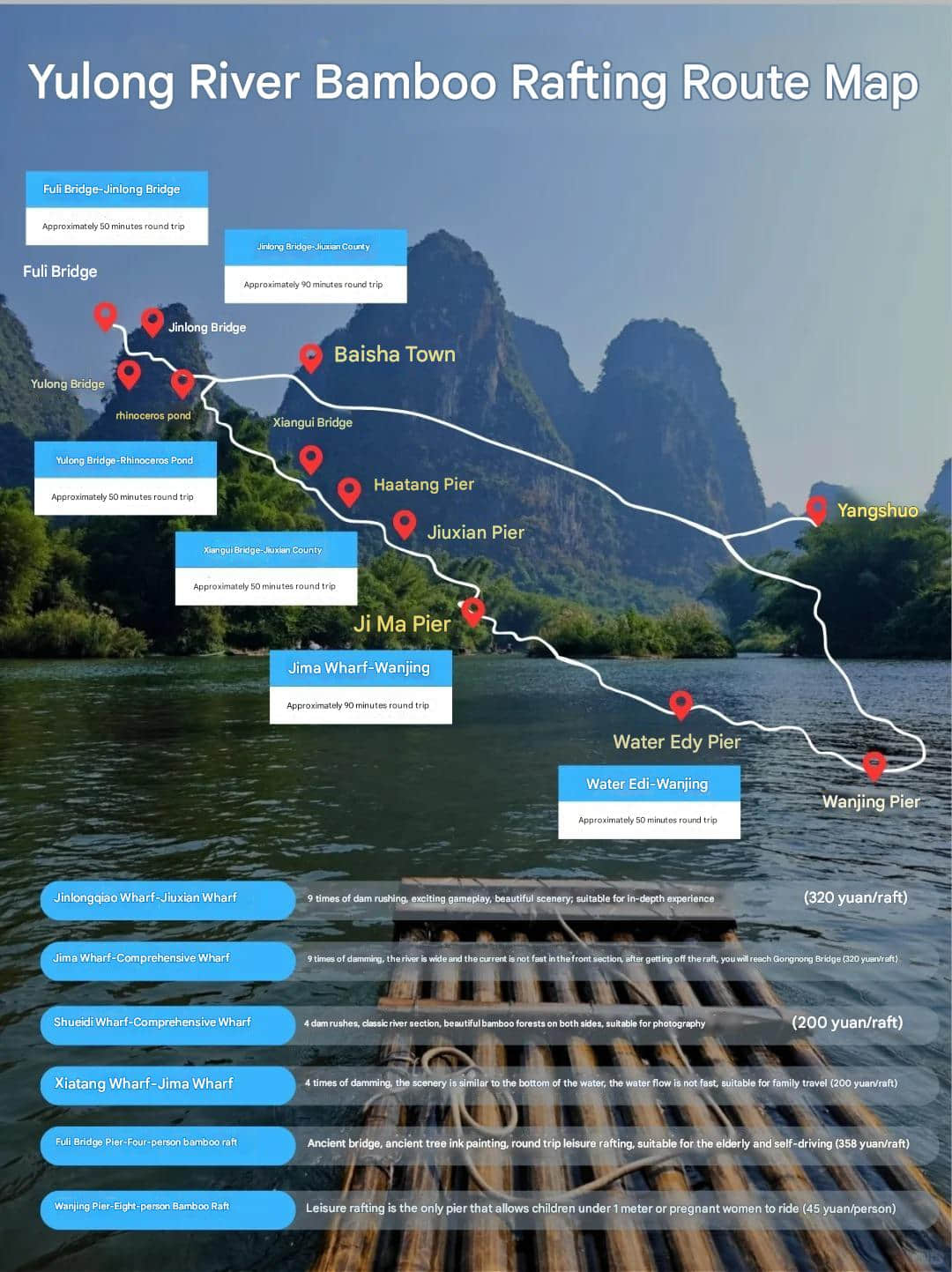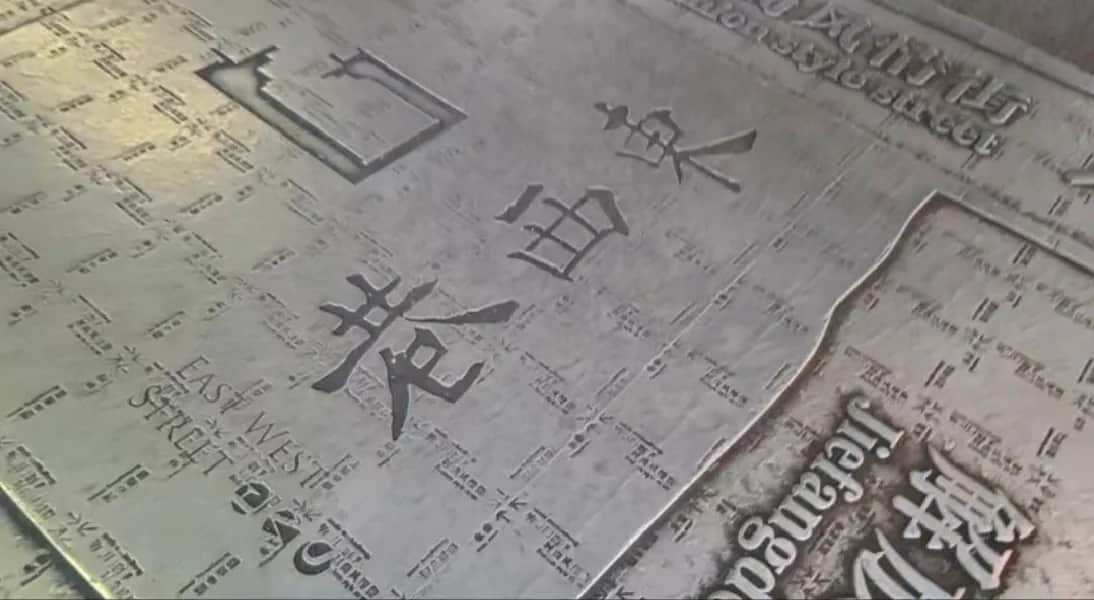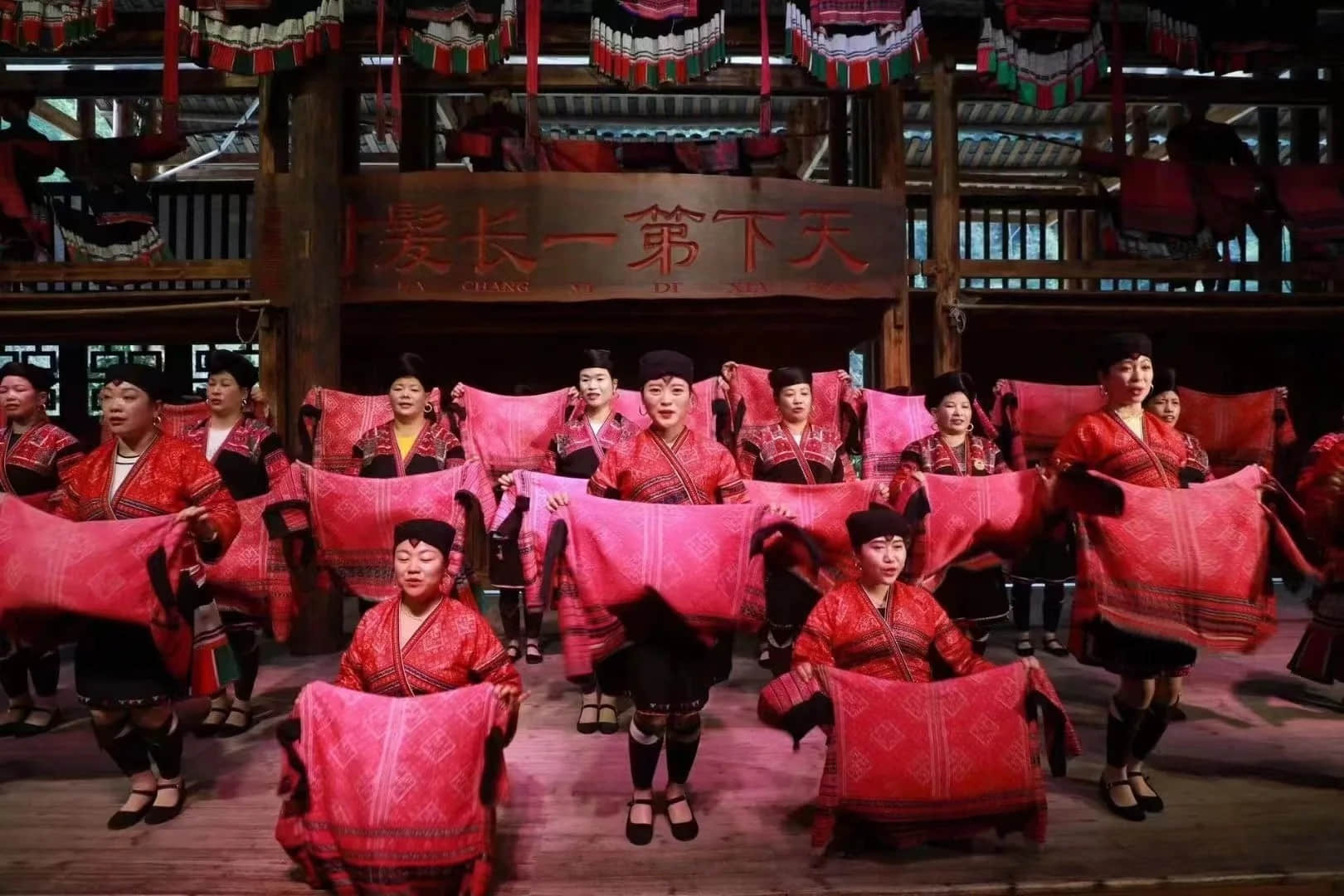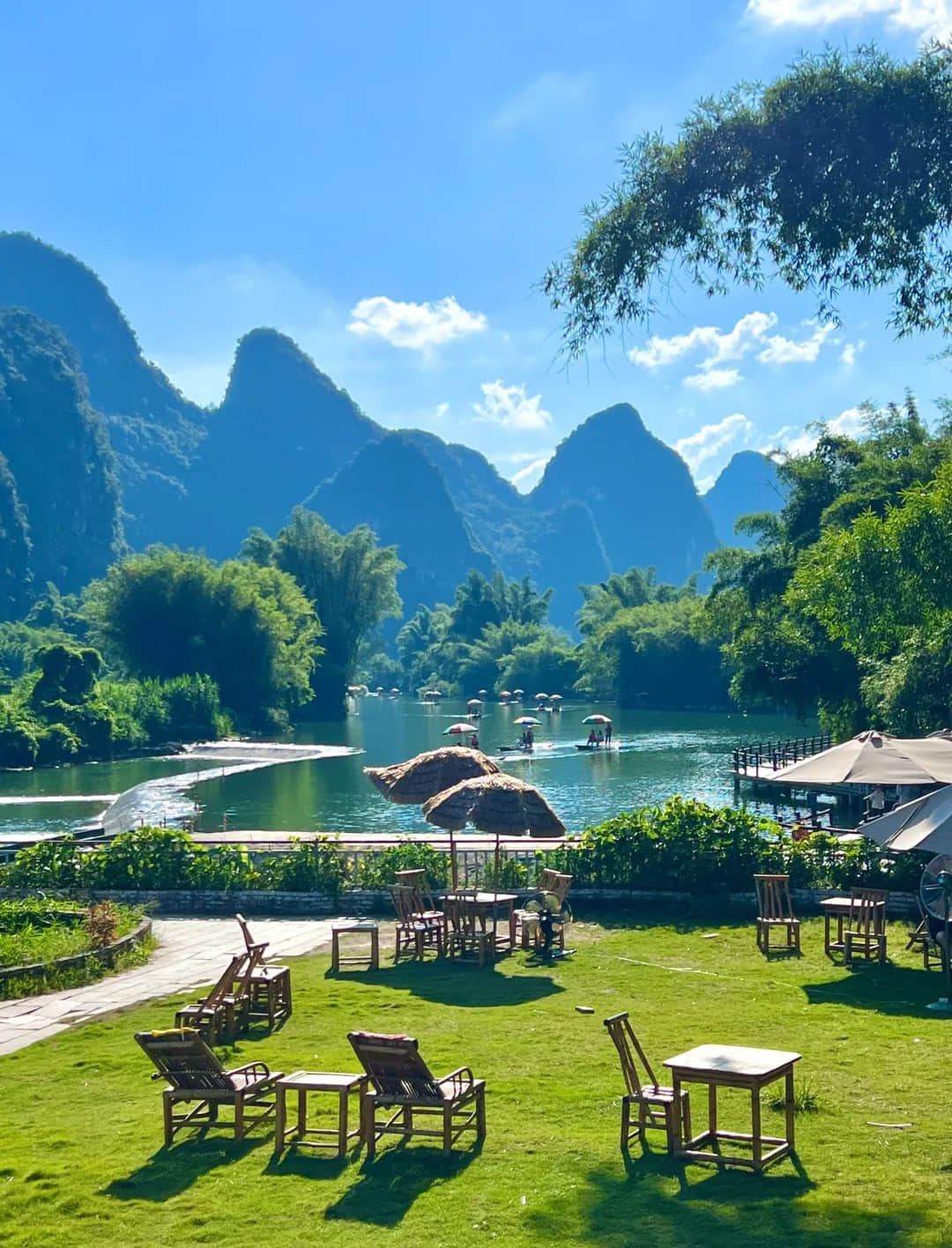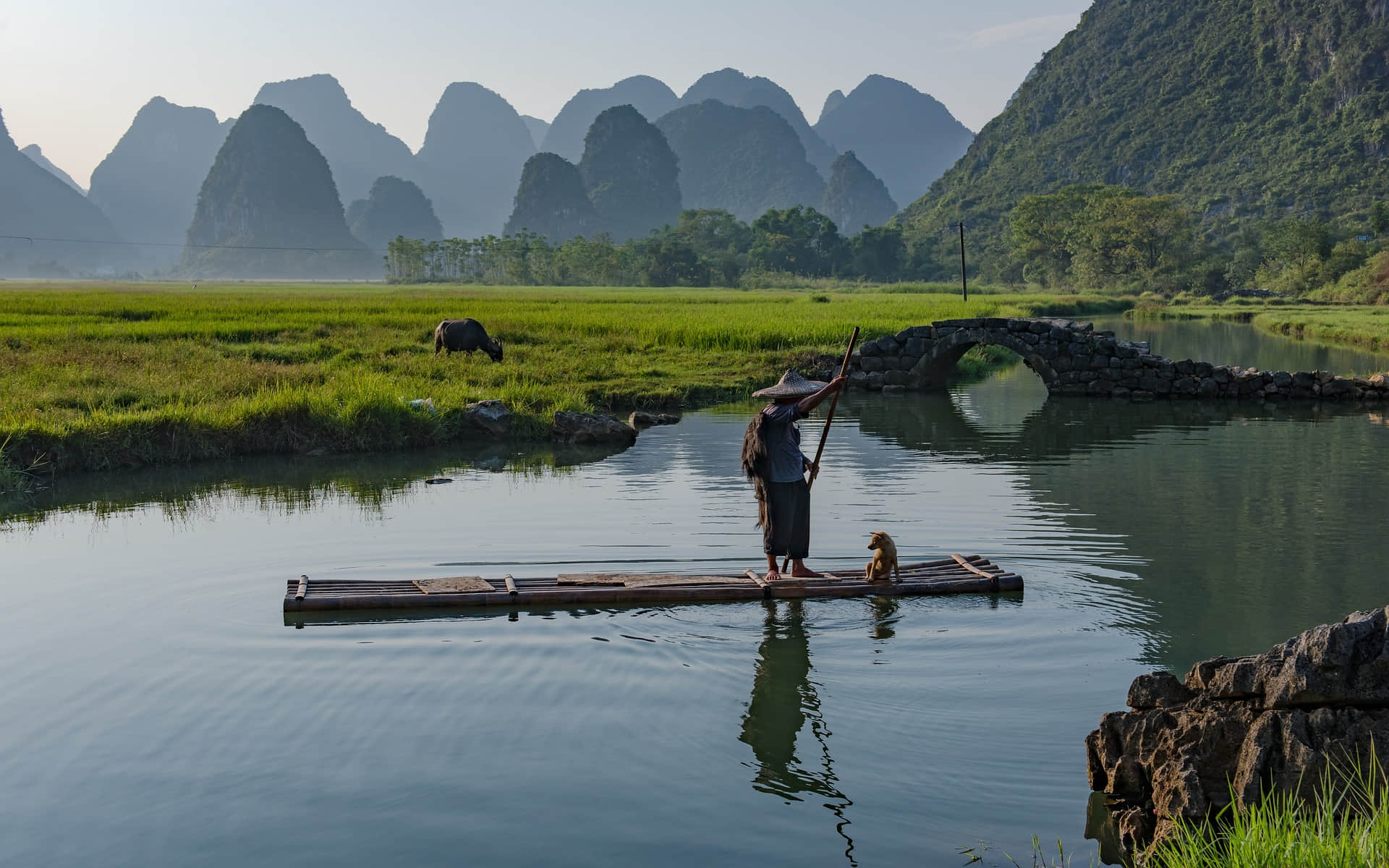Jingjiang Princes City
The Jingjiang Princes City, located in the heart of Guilin along the west bank of the Li River, stands as a magnificent testament to over 600 years of Chinese history. Built in 1372 during the Ming Dynasty, this royal complex predates Beijing's Forbidden City by 34 years and served as the residence for 14 Jingjiang princes across 11 generations.
Historical Significance
The palace complex was modeled after the Nanjing Imperial Palace but built on a smaller scale. It represents the most well-preserved Ming Dynasty prince's residence in China. Throughout its history, the site has served multiple significant roles:
- During the Ming Dynasty (1372-1644): Royal residence for Jingjiang princes
- During the Qing Dynasty (1644-1911): Provincial examination hall
- During the Republican era: Sun Yat-sen's Northern Expedition headquarters
The complex has produced 4 "Zhuangyuan" (top scholars), 585 "Jinshi" (advanced scholars), and 1,685 "Juren" (recommended scholars) throughout its history as an examination center.

What to See
Chengyun Gate
The main entrance features impressive Ming Dynasty architecture with its red walls, golden studs, and elaborate wooden carvings. This gate served as the ceremonial entrance for princes and important occasions.
Chengyun Hall
The central hall was where princes handled official business and held important ceremonies. While only the foundation and some original Ming Dynasty carvings remain, the site offers insight into royal court life.
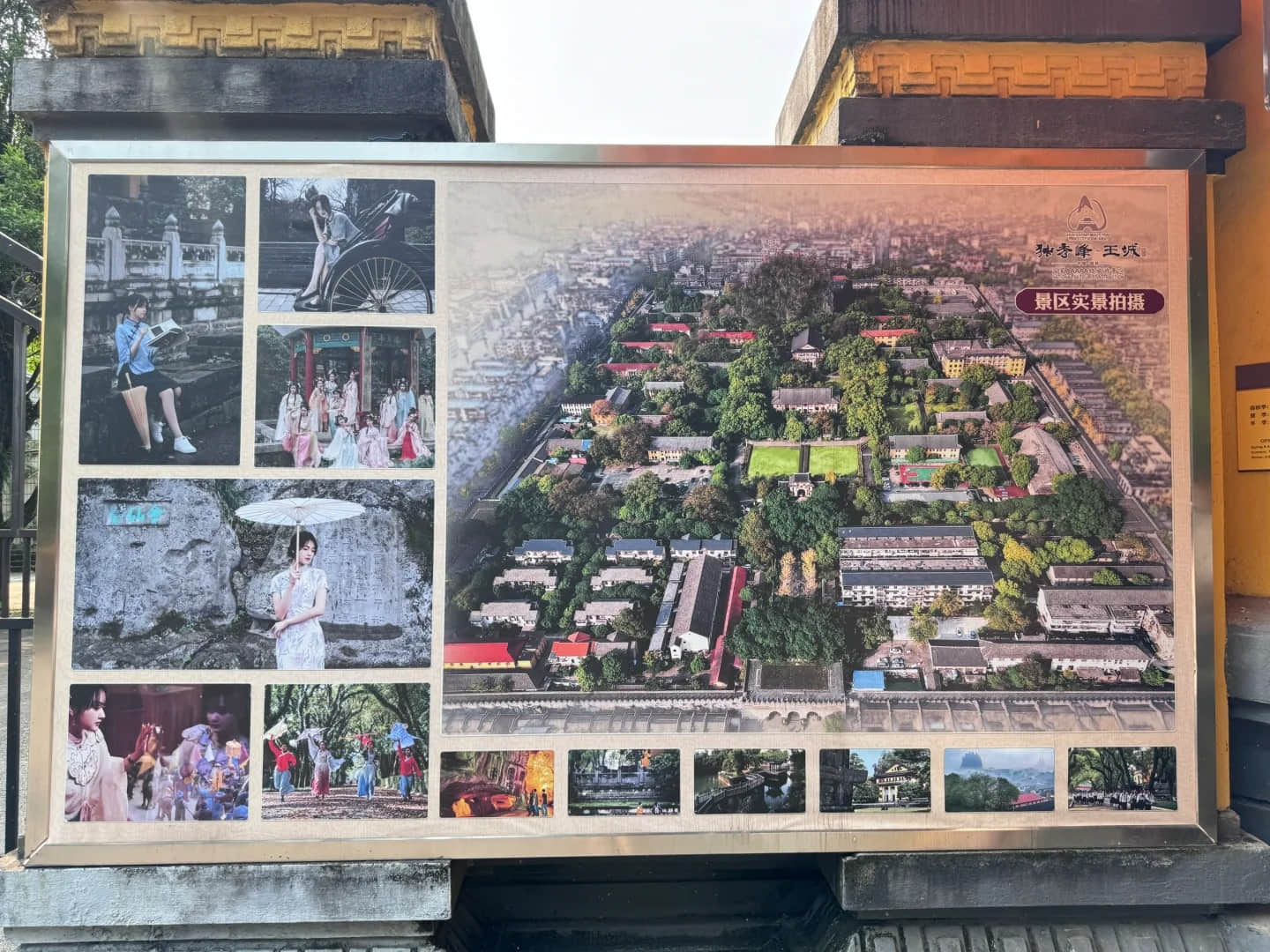
Solitary Beauty Peak
Rising 66 meters from the complex grounds, this limestone peak offers panoramic views of Guilin. Known as "The Number One Peak Under Heaven," it features numerous historical inscriptions, including the famous "Guilin's scenery is the best under heaven."
Imperial Examination Hall
The former Guangxi Imperial Examination Center showcases the rigorous testing system that selected government officials. Visitors can experience a mock examination in traditional examination cells.
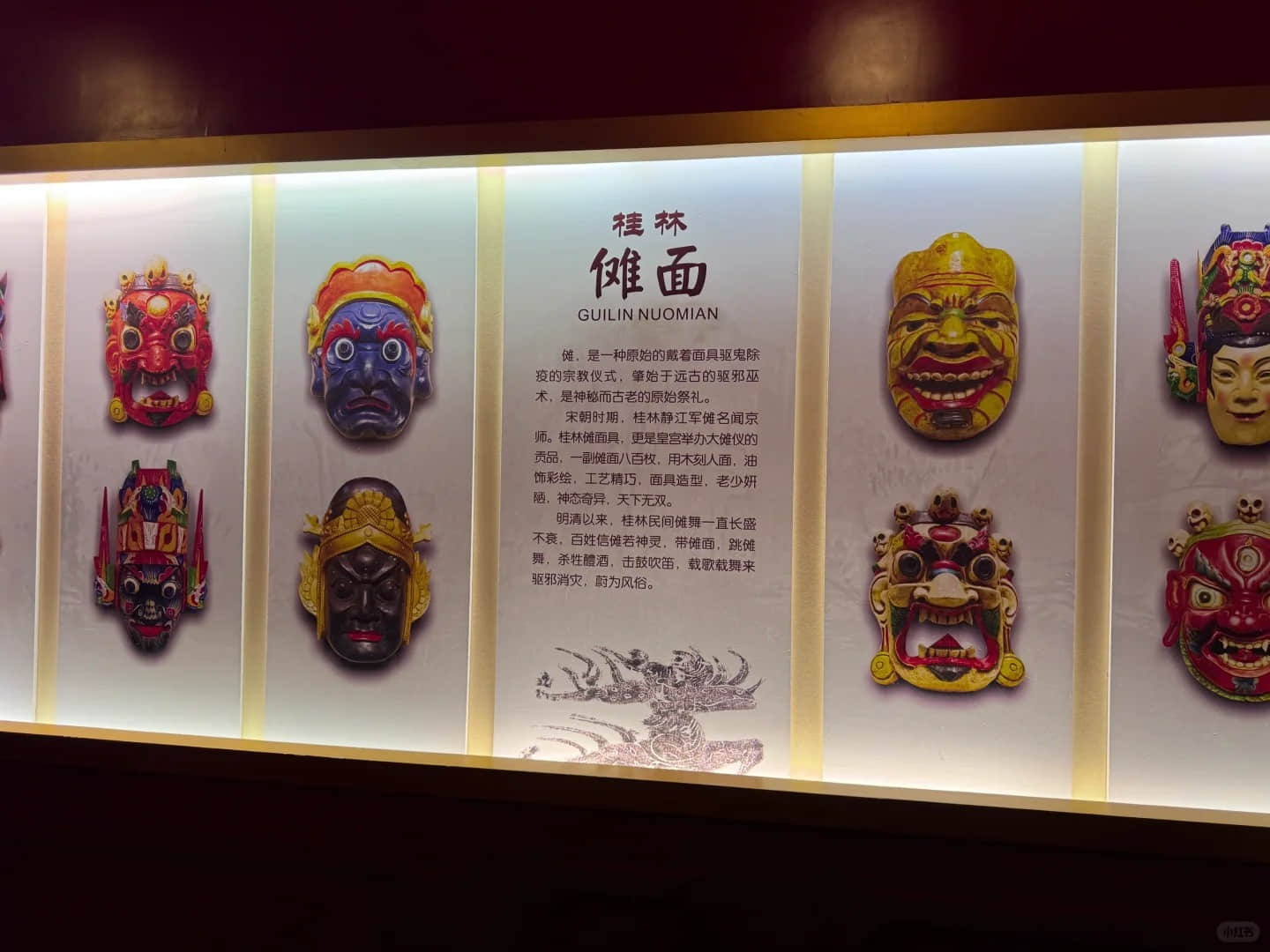
Crescent Pool
A serene garden feature fed by the Solitary Beauty Peak spring, offering a peaceful retreat with traditional pavilions and bridges.
Activities and Experiences
Traditional Costume Photography
- Rent Ming Dynasty style costumes
- Multiple photogenic locations throughout the complex
- Professional photography services available
- Prices: 50-100 yuan for basic costume rental
Rubbing Experience
- Create traditional rubbings of stone inscriptions
- Learn about ancient Chinese characters
- Take home your own artwork
- Available at dedicated stations near Solitary Beauty Peak
Imperial Examination Simulation
- Experience ancient testing conditions
- Dress in period costume
- Receive a commemorative certificate
- Interactive educational experience
Practical Information
Admission
- Adult ticket: 100 yuan
- Opening hours: 8:00 AM - 6:00 PM daily
Best Time to Visit
- Spring (March-May) and Autumn (September-November)
- Temperature: 15-25°C
- Less crowded on weekdays
- Early morning or late afternoon for better photos
Getting There
- Located in central Guilin
- Accessible by public buses 1, 2, and 58
- 15-minute walk from Guilin Railway Station
Visit Duration
- Recommended: 2-3 hours
- Additional time needed if participating in activities
Tips
- Climb Solitary Beauty Peak early to avoid crowds and heat
- Wear comfortable walking shoes for the peak climb
- Visit during weekdays to avoid tourist crowds
- Book costume rentals in advance during peak season
- Bring water and sun protection in summer
Nearby Attractions
- East-West Street: Historic shopping and dining district
- Two Rivers and Four Lakes: Scenic water system
- Seven Star Park: Famous cave and park complex
- All within walking distance or short taxi ride
The Jingjiang Princes City offers visitors a unique glimpse into China's imperial past while showcasing Guilin's natural beauty. Its blend of historical architecture, cultural significance, and interactive experiences makes it a must-visit destination in Guilin.
